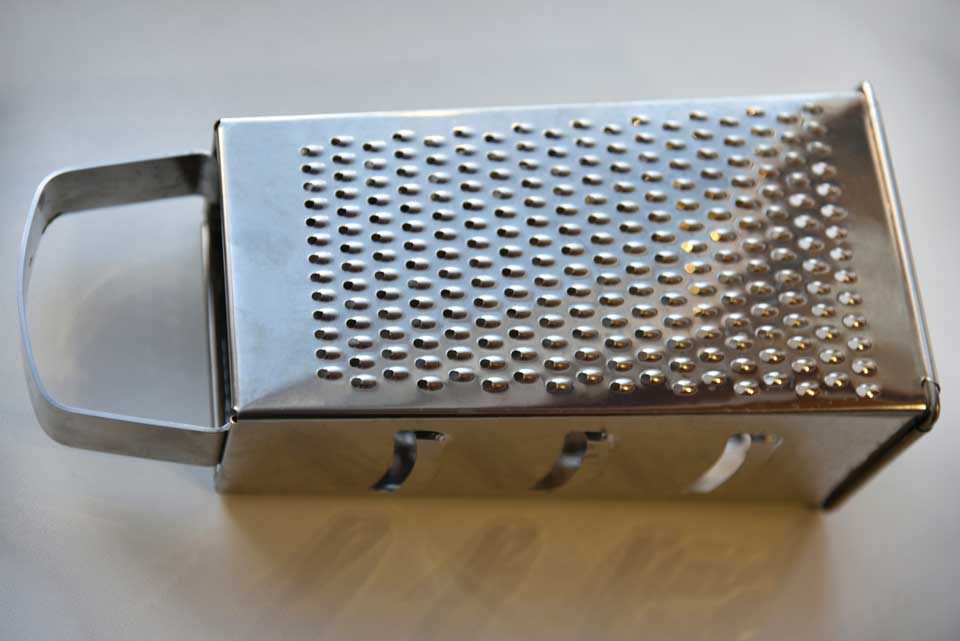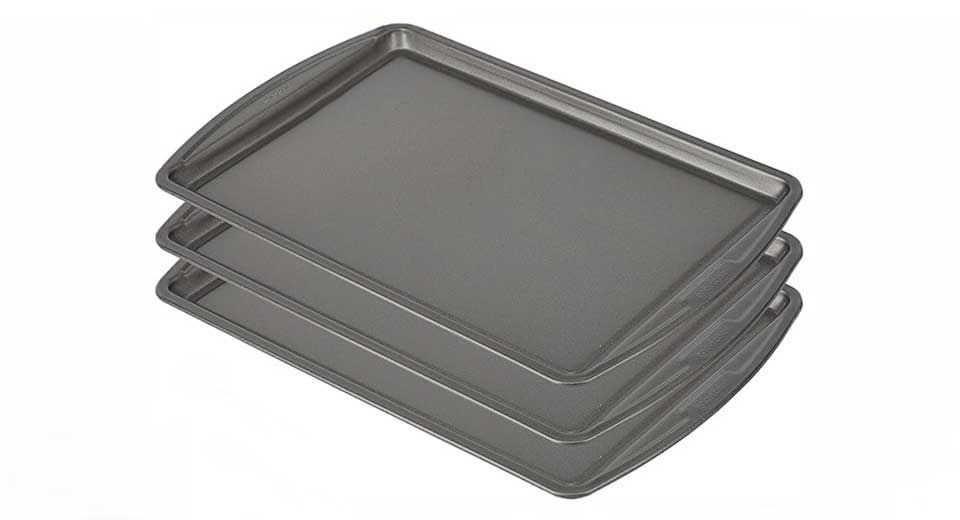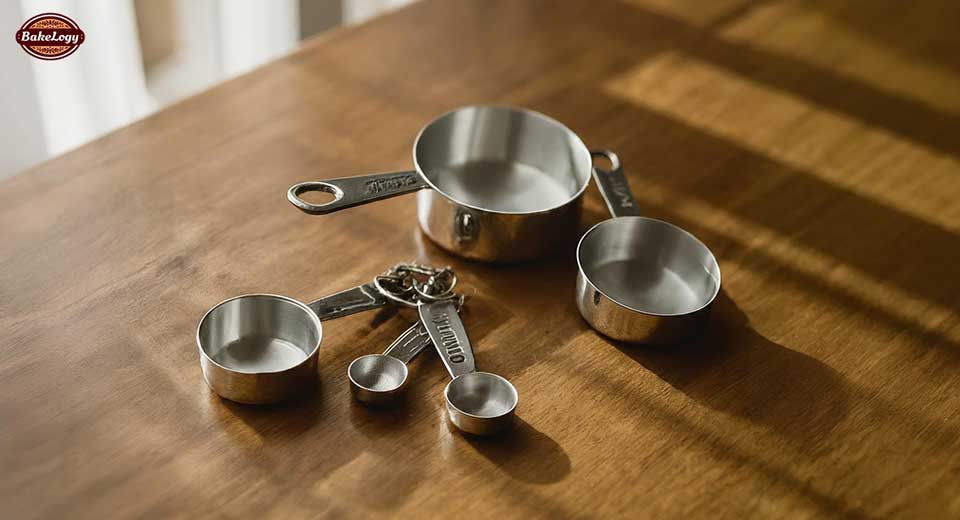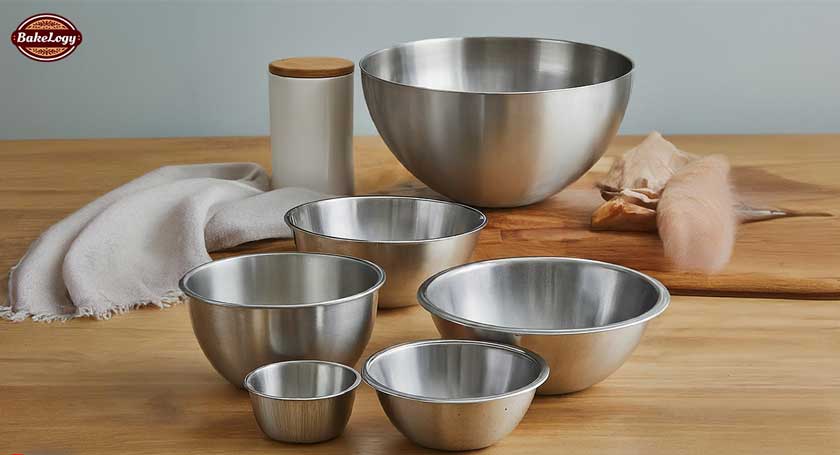Mastering the Art of Baking: How to Use a Grater Like a Pro
Master the art of baking by learning to use the essential baking tool, the “Grater.” Discover professional tips and techniques to enhance your baking skills today!
Introduction to the Grater: Types and Uses
Understanding the different types of graters can elevate your baking game. Here are some common graters and their uses:
- Box Grater: Offers multiple grating surfaces for various thicknesses, ideal for cheese and vegetables.
- Microplane: Provides fine shavings, perfect for zesting citrus fruits and grating hard spices like nutmeg.
- Rotary Grater: Easier on the hands, great for grating large quantities of cheese or chocolate quickly.
- Handheld Flat Grater: Compact and versatile, it works well for smaller tasks.
Knowing these types helps you select the best tool for your baking needs.
Choosing the Right Grater for Different Baking Ingredients
Selecting the right grater is crucial for achieving desired textures and flavors in baking:
- Box Grater:
- Use for grating cheese for savory pastries.
- Ideal for shredding vegetables for zucchini bread.
- Microplane:
- Perfect for zesting citrus fruits to add brightness to cakes.
- Great for finely grating spices like nutmeg or cinnamon.
- Rotary Grater:
- Convenient for grating hard ingredients like chocolate or nuts.
- Efficient for large quantities.
- Handheld Grater:
- Ideal for quick tasks like grating ginger.
- Suitable for smaller jobs where precision is key.

Essential Techniques for Grating Ingredients Efficiently
Choose the Right Grater
- Box Graters: Ideal for multiple textures.
- Microplane Graters: Best for fine-grating zest, spices, and hard cheese.
Grate with Safety
- Hold grater firmly.
- Use protective gloves for slippery ingredients.
- Always grate against the grain for easier motion.
Preparing Ingredients
- Chill soft foods: Harder textures grate better.
- Peel and clean: Ensure ingredients are clean.
Efficient Techniques
- Press and glide: Consistent pressure ensures even results.
- Utilize downward strokes for steady control.
Pro Tip: Rotate the grater occasionally for even wear and efficiency.
Common Mistakes to Avoid While Using a Grater
- Using a Dull Grater: Always ensure your grater is sharp. Dull blades can crush rather than grate.
- Grating Down to the Knuckle: Stop before reaching the end of the food to avoid injury.
- Improper Grip: Hold the grater firmly with one hand and the food with the other to avoid slippage.
- Wrong Grater Type: Use the correct grater for the food type. Fine graters for zest, coarse for cheese.
- Not Cleaning Immediately: Clean your grater right after use to prevent food from hardening.
- Overloading: Grate in small amounts to maintain control and efficiency. Remember, mastering a grater ensures perfect results every time.
Maintaining and Cleaning Your Grater for Longevity
Proper care for your grater ensures it stays sharp and effective. Follow these steps:
- Immediate Rinse: Rinse your grater under warm water right after use. This prevents food particles from hardening.
- Use a Brush: Employ a soft brush to scrub away any stuck bits. Avoid using a sponge as it can get shredded.
- Soak in Warm Water: For tough residues, soak the grater in warm soapy water for a few minutes.
- Dry Thoroughly: Dry it completely to prevent rust. Use a dish towel or allow it to air dry.
- Store Safely: Store in a dry place. Consider a protective cover to maintain blade sharpness.
Pro Tips for Mastering the Art of Grating in Baking
- Choose the Right Grater: Use a fine grater for zesting citrus and a medium one for cheeses.
- Freeze Ingredients: Slightly freeze items like butter or cheese to make grating easier.
- Grate on Parchment Paper: Place parchment paper under your grater to catch all the shavings.
- Angle for Efficiency: Hold the grater at a slight angle for better leverage and control.
- Clean Immediately: Rinse your grater right after use to avoid dried remnants.
- Mind Your Fingers: Use a protective glove or the end of the ingredient to avoid grating your fingers.
Frequently Asked Questions (FAQ) about Graters
1. What types of graters are there and what are their uses?
Graters come in various types, including box graters, microplane graters, rotary graters, and zesters. Each type is designed for specific tasks such as grating cheese, zesting citrus, or finely grating spices.
2. How do I choose the right grater for different baking ingredients?
Choose a grater based on the texture and size of the ingredient. For fine results like zesting lemons, use a microplane grater. For coarser textures, like grating cheese or vegetables, a box grater or rotary grater works best.
3. What are essential techniques for grating ingredients efficiently?
To grate efficiently, ensure the grater is stable and the ingredient is dry. Grate using steady, even strokes. Rotate the ingredient to use all its surface, and clean the grater regularly to avoid clogging.
4. What common mistakes should I avoid while using a grater?
Avoid common mistakes like grating too fast, which can lead to injury, and not securing the grater, which can cause uneven grating. Also, don’t press too hard as it may damage the grater and produce inconsistent results.
5. How do I maintain and clean my grater for longevity?
Maintain your grater by cleaning it immediately after use. Soak it in warm soapy water and use a brush to remove stubborn bits. Dry it thoroughly to prevent rusting, and store it in a way that protects the blades.
6. What are some pro tips for mastering the art of grating in baking?
Pro tips include freezing ingredients like cheese or butter before grating to make them firmer and easier to handle. Always grate in a single direction for even results, and use the right type of grater for each task to achieve the best texture and flavor.




